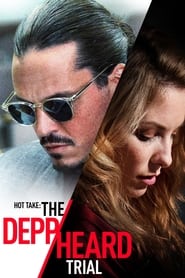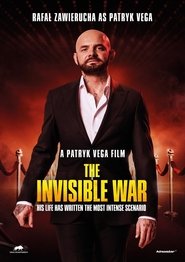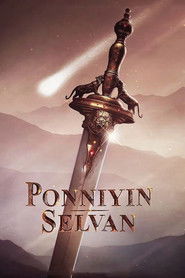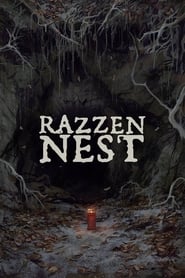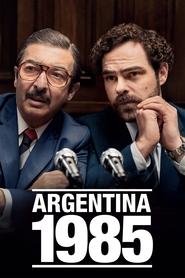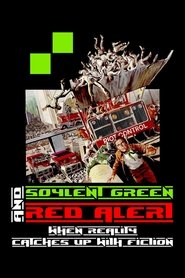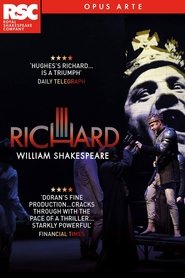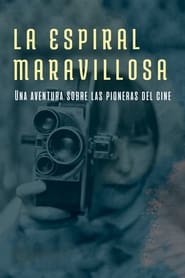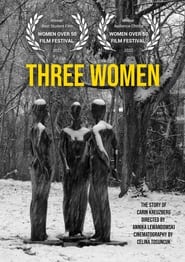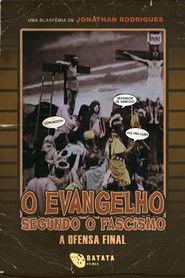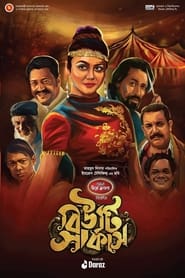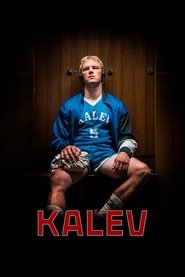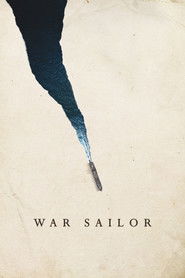New History Movies on Pantaflix - Page 132
-
Steel Will
2022
Steel Will
2022
-
Hot Take: The Depp/Heard Trial
2022
star 3.1Follows the tumultuous relationship—in and out of court—of Johnny Depp and his ex-wife, Amber Heard. -
The Invisible War
2022
The Invisible War
2022
star 1.9A self-directed fictionalized biopic of controversial Polish film director Patryk Vega. -
Ponniyin Selvan: Part I
2022
star 7.1The Chola kingdom is under threat from forces both internal and external, and with crown prince Aaditha Karikalan, his younger brother Arunmozhi Varman and the emperor, Sundara Cholar separated by situations, it is up to a messenger to ensure the safety of the kingdom. Can he succeed in his mission, especially with Karikalan's former girlfriend, Nandhini, plotting to bring down the entire Chola empire? -
Razzennest
2022
Razzennest
2022
star 5.8South African enfant terrible filmmaker and artiste-cineaste Manus Oosthuizen meets with Rotten Tomatoes-approved indie film critic Babette Cruickshank in an Echo Park sound studio. With key members of Manus's crew joining, they record an audio commentary track for his new elegiac feature documentary Razzennest. But the session goes down a different path... cazzart! The ultimate elevation of arthouse horror, just not as you might expect. -
Dante
2022
Dante
2022
star 5.1The tormented life of Dante Alighieri, from solitary childhood to death in exile, seen through Giovanni Boccaccio’s journey to rehabilitate his memory. -
Argentina 1985
2022
Argentina 1985
2022
star 7.8In the 1980s, a team of lawyers takes on the heads of Argentina's bloody military dictatorship in a battle against odds and a race against time. -
Dalíland
2022
Dalíland
2022
star 6In 1973, a young gallery assistant goes on a wild adventure behind the scenes as he helps aging genius Salvador Dali prepare for a big show in New York. -
Soylent Green and Red Alert: When Reality Catches Up with Fiction
2022
star 7.2The story of the making of Soylent Green, a masterpiece of social science fiction, released in 1973. Directed by Richard Fleischer and starring Charlton Heston and Edward G. Robinson, it deals not with an exogenous threat, such as an extraterrestrial attack, but with the dire consequences of an irreversible environmental catastrophe for which mankind alone is responsible. -
RSC Live: Richard III
2022
star 8Young Richard of Gloucester uses the chaos of the Wars of the Roses to begin his unscrupulous climb to power in this classic Shakespearean history of a king in the throes of jealousy and murder. Despite being manifestly unfit to govern, he overcomes each obstacle in his way to seize the crown, as King Richard III. But as those around him turn against him, and as his plans begin to unravel, where else can he turn as the Lancastrian opposition returns to drag the country into battle once more and put an end to Richard’s tyrannical rule. Richard III is a savagely comic analysis of the exercise of power, reminding us of the dangers of tyranny and our duty not to let it go unchecked. -
The Devil of Comparisons
2022
The Devil of Comparisons (original title: El Demonio de las Comparaciones), was a 30-hour black & white silent film from 1929 by Narding Salome Exelsio (1883-1949). It explores the cyclical lives, deaths, and rebirths of Jose Rizal and his characters (played by hitherto unidentified actors) in a wasteland ruled by demons. -
The Marvellous Spiral
2022
star 5.3Spain, early 20th century. As a child, Leocadia Cantalapiedra was dazzled by a new art: cinema; but she lives in a society where directing films is something only men can do. -
Drei Frauen
2022
-
The Gospel According to Fascism - The Final Offense
2022
star 10If Jesus came to Earth today, would his teachings and philosophy be in line with the agitated moods we live in today? Batata Filmes presents a new collage project, mixing the playful Jesus of cinema with statements made by many of his followers, in an uncomfortable and provocative experience. Contains high offensive potential for small minds. -
Beauty Circus
2022
Beauty Circus
2022
The film will highlight the struggles of women in the circus. In the film, Jaya Ahsan performs amazing acrobatics—with such feats as walking over a tightrope. -
Kalev
2022
Kalev
2022
star 7.1The Soviet Union teeters on the verge of collapse in 1990 and tiny Baltic nations struggle to take back their independence. A rising tide of public opinion opposes the Estonian national team's participation in the USSR's basketball championship. The team makes the unpopular choice to participate. -
Robin Bank
2022
Robin Bank
2022
star 6.9The story of Enric Duran, a Catalan activist who, during the economic crisis of 2008, stole —by borrowing loans that he never paid back— half a million euros from banks, donated them to social projects and announced it to the media to denounce the practices of the banking system. -
War Sailor
2022
War Sailor
2022
star 6.5War Sailor is a magnificent drama that tells the story of the more than 30,000 Norwegian war sailors and their families' fate during and after the Second World War.
 Netflix
Netflix
 Amazon Prime Video
Amazon Prime Video
 Apple iTunes
Apple iTunes
 Apple TV Plus
Apple TV Plus
 Disney Plus
Disney Plus
 Google Play Movies
Google Play Movies
 Paramount Plus
Paramount Plus
 Hulu
Hulu
 HBO Max
HBO Max
 YouTube
YouTube
 fuboTV
fuboTV
 Peacock
Peacock
 Peacock Premium
Peacock Premium
 Amazon Video
Amazon Video
 The Roku Channel
The Roku Channel
 AMC+
AMC+
 Kocowa
Kocowa
 Hoopla
Hoopla
 The CW
The CW
 Vudu
Vudu
 Starz
Starz
 Showtime
Showtime
 PBS
PBS
 Pantaflix
Pantaflix
 FXNow
FXNow
 Tubi TV
Tubi TV
 Kanopy
Kanopy
 Comedy Central
Comedy Central
 Crunchyroll
Crunchyroll
 Microsoft Store
Microsoft Store
 Redbox
Redbox
 Sun Nxt
Sun Nxt
 ABC
ABC
 DIRECTV
DIRECTV
 Crackle
Crackle
 Fandor
Fandor
 Plex
Plex

